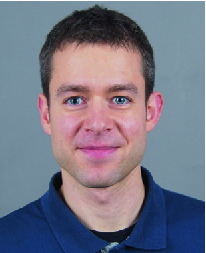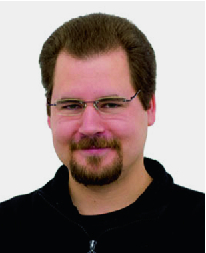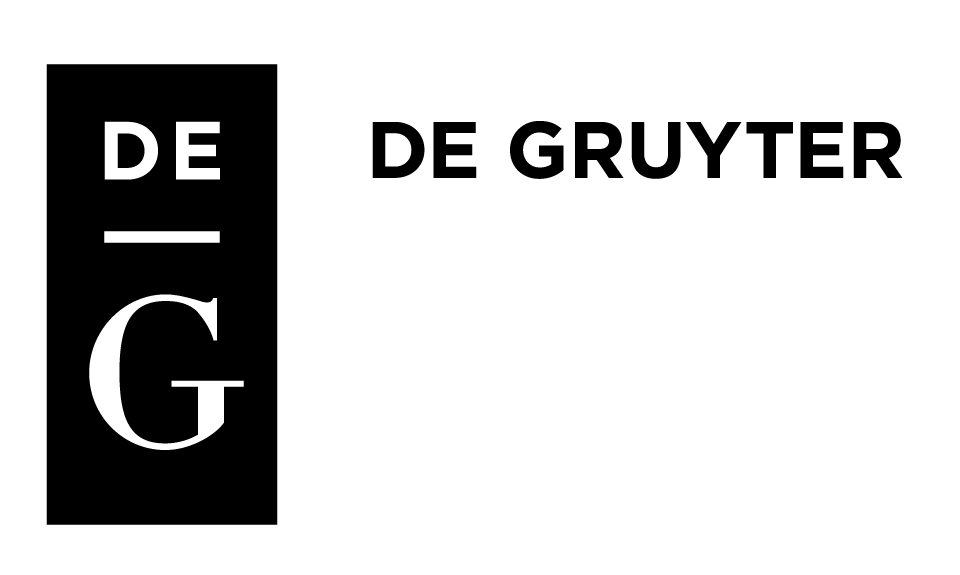Abstract
Robotic software frameworks have major impact on development effort and quality of robot control systems. This paper provides a condensed overview on the complex topic of robotic framework design. Important areas of design are discussed – together with design principles applied in state-of-the-art solutions. They are related to software quality attributes with a brief discussion on their impact. Based on this analysis, the approaches taken in the framework Finroc are briefly presented.
Funding statement: Funding by the German Ministry of Education and Research (grant 01IC12S01W, Software-Cluster project SINNODIUM) is gratefully acknowledged.
About the authors

Max Reichardt received his Dipl.-Inf. degree in computer science from the University of Kaiserslautern in 2008. Since august 2008, he is PhD student at the Robotics Research Lab. Software Engineering in the context of robotics is his main area of research. Topics of particular interest include software frameworks, their quality attributes, and design principles.
University of Kaiserslautern, Department of Computer Science, D-67663 Kaiserslautern, Germany

Tobias Föhst received his Dipl.-Inf. degree in computer science from the University of Kaiserslautern in 2008. Since then, he works as a PhD student at the Robotics Research Lab. The field of interest lies within autonomous mobile robotics with respect to pattern-recognition, mapping, and navigation.
University of Kaiserslautern, Department of Computer Science, D-67663 Kaiserslautern, Germany

Karsten Berns received his PhD from the University of Karlsruhe in 1994. Since 2003, he is a full professor for robotic systems at the University of Kaiserslautern. Present research activities are in the area of autonomous mobile robots and humanoid robots with a strong focus on control system architectures and behavior-based control.
University of Kaiserslautern, Department of Computer Science, D-67663 Kaiserslautern, Germany
©2015 Walter de Gruyter Berlin/Boston


